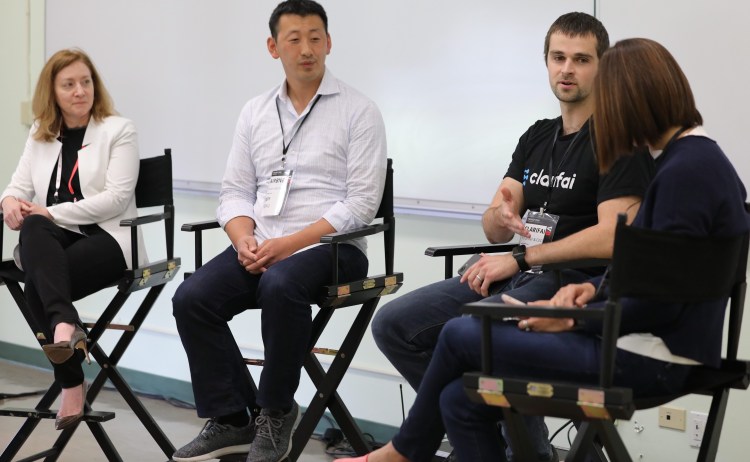Watch all the Transform 2020 sessions on-demand here.
Gamers like to post photos of their souped up gaming PCs on social media, which is great for the companies who build the technology they use in their rigs.
Or, it would be great, if those gamers also mentioned the brands. Most of the time, they don’t.
That’s a problem Nvidia experiences when users of its powerful graphics cards post about how great the latest product is, without naming it. But the processing chip maker’s marketing team has a special tool in its quiver: computer vision.
With the help of tools from content marketing platform Stackla and computer vision startup Clarifai, Nvidia gets fast access to posts that are most likely to contain an Nvidia gaming product, said Alix Hart, the company’s global head of digital marketing, at Transform.
June 5th: The AI Audit in NYC
Join us next week in NYC to engage with top executive leaders, delving into strategies for auditing AI models to ensure fairness, optimal performance, and ethical compliance across diverse organizations. Secure your attendance for this exclusive invite-only event.
That gives Nvidia an opportunity to reach out to those users directly and request to use their images and posts in the company’s marketing.
What excites Hart about computer vision goes far beyond identifying gaming rigs on Twitter. Where things really get interesting with computer vision is “when it starts to transform your experience with your own product.”
That could be when a smart car notices you’re getting sleepy and changes a setting to wake you up a bit, said Hart. Or, it could be when sales representatives in retail outlets use computer vision tools to know who you are, said Clarifai CEO Matthew Zeiler.
“Cameras, for example, in retail stores are really going to change the way that people shop,” he said.
Media and marketing, though, is a major area where you can see the innovation happening right now. And Nvidia’s use of third-party technology demonstrates how companies of various sizes can use advanced artificial intelligence technology to expand their reach or innovate their products.
Zeiler said advertisers are making a similar move with outside technology.
“Ad agencies are using [Clarifai’s tools] to better understand content on a site and better target ads,” he said.
Airbnb data product lead at the company, Jeff Feng, said the companies should ask two questions when deciding between building their own models or going outside.
“How unique is the model that we are trying to build? Is there a generic version that’s available externally?” he said.
Hart said companies should start their strategy with artificial intelligence technology like computer vision by looking at their own resources. Nvidia began by looking at its own data, she said, before outsourcing the technology.


